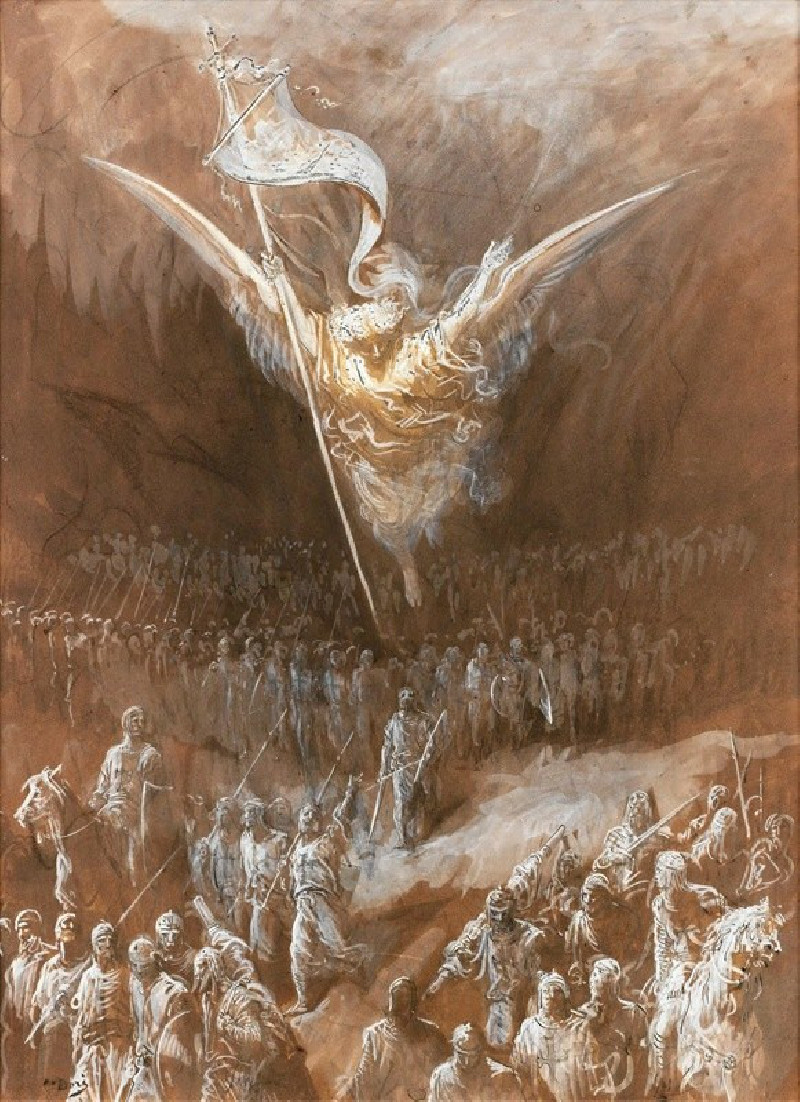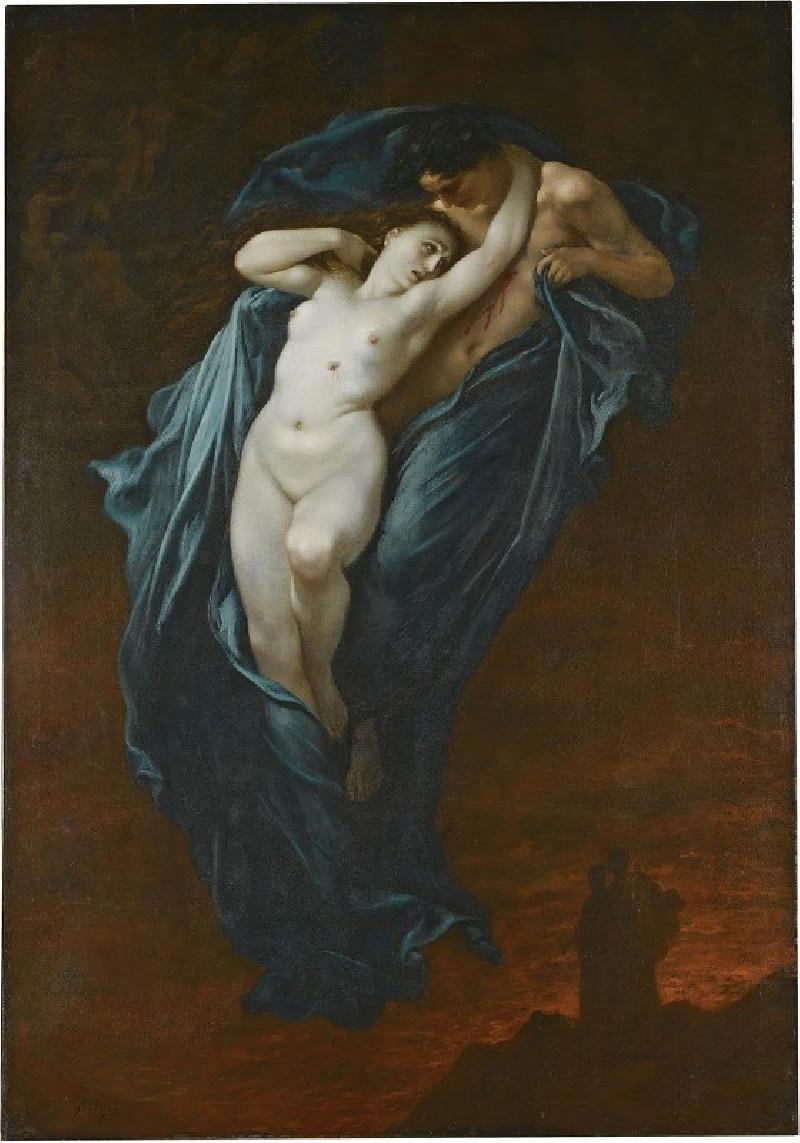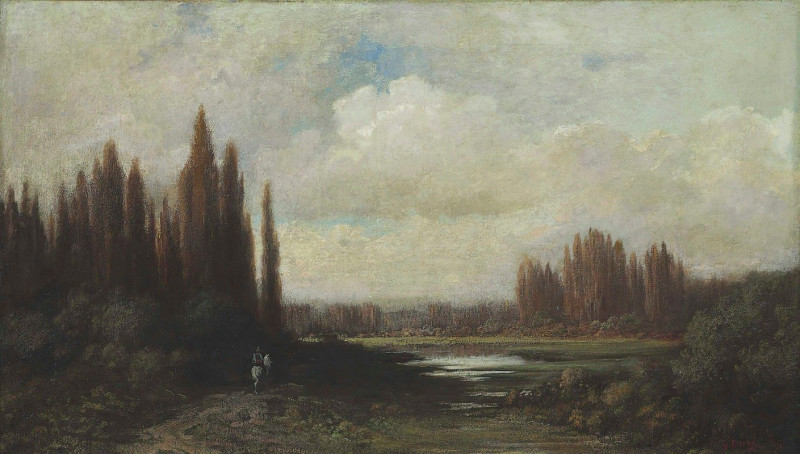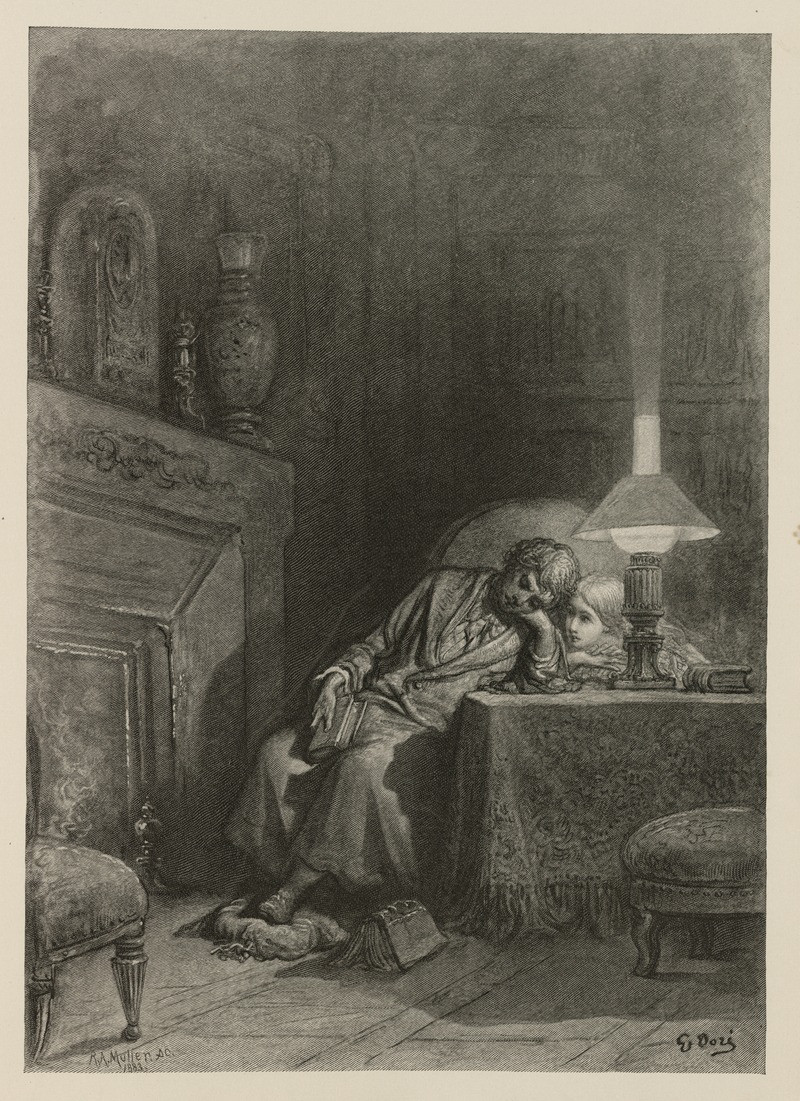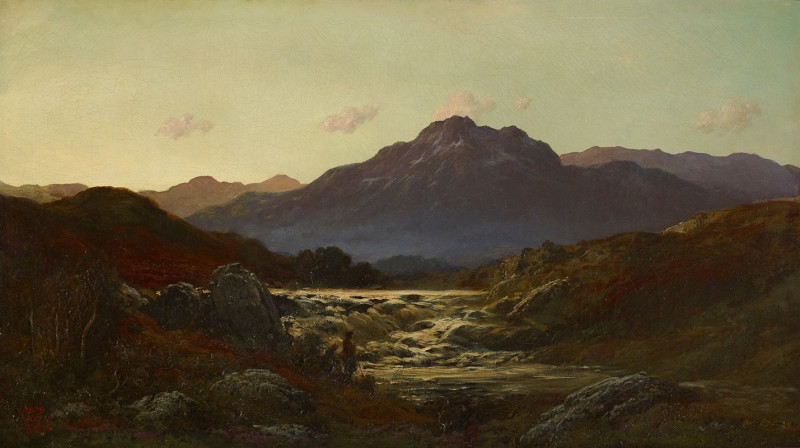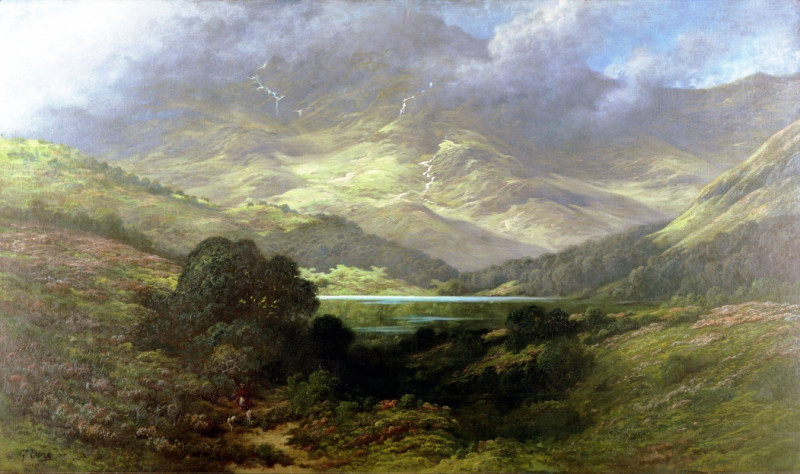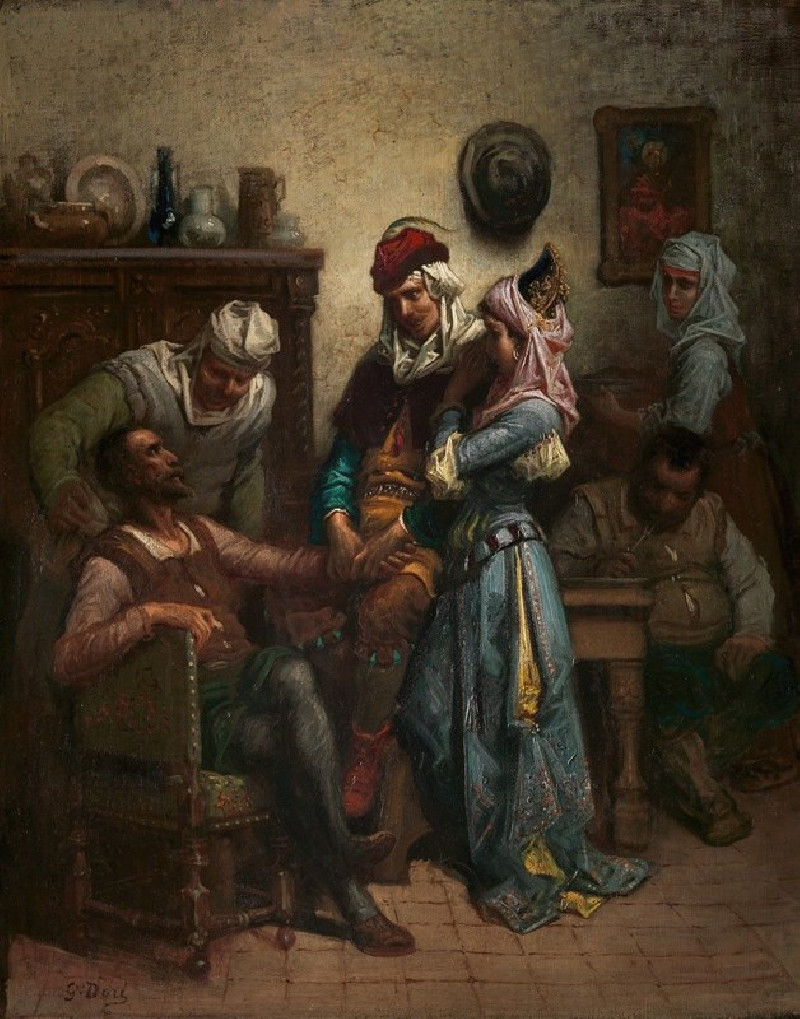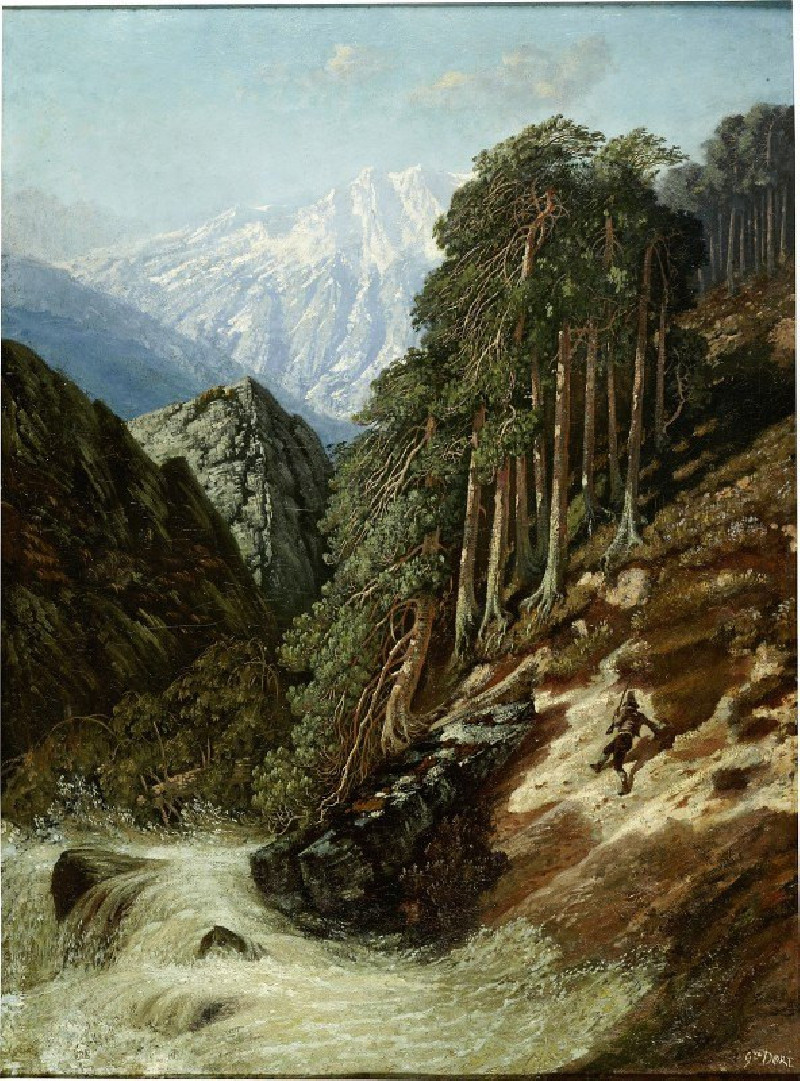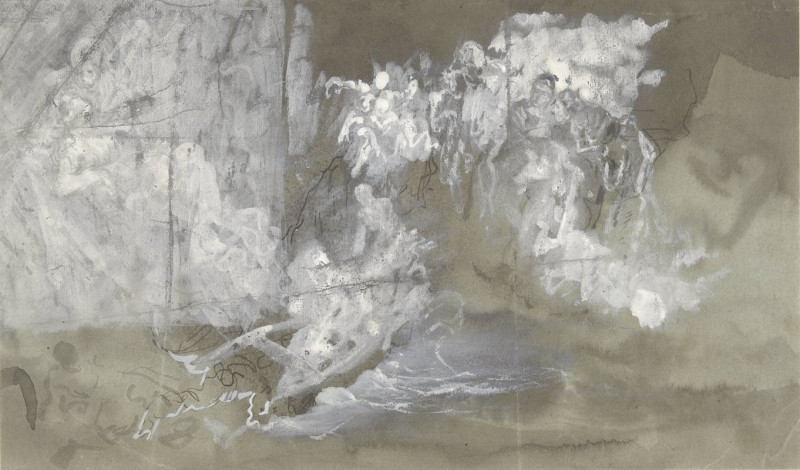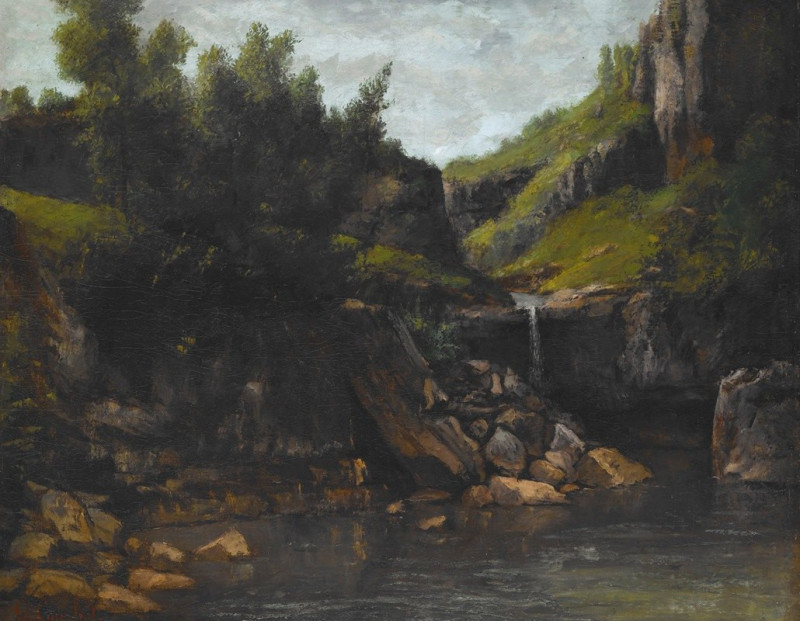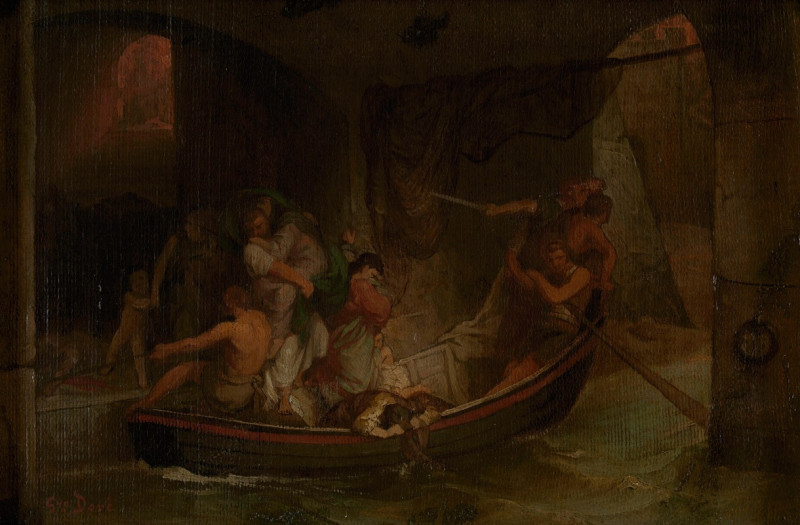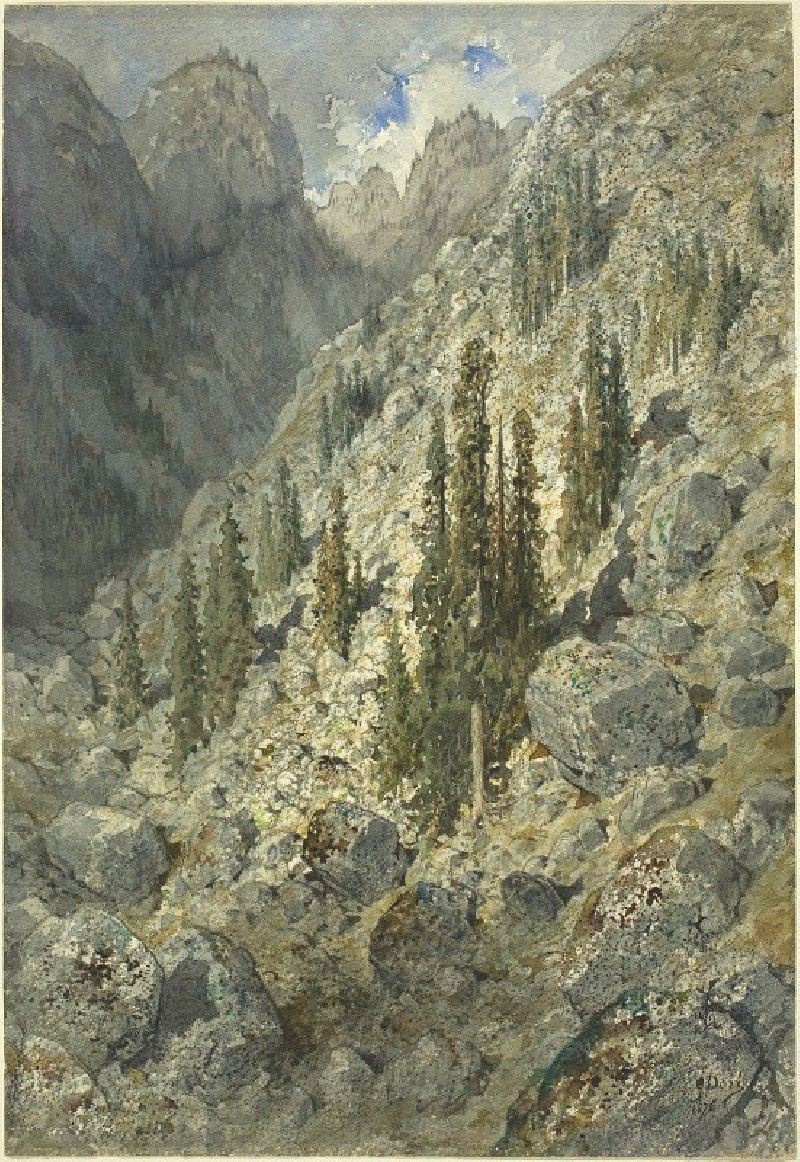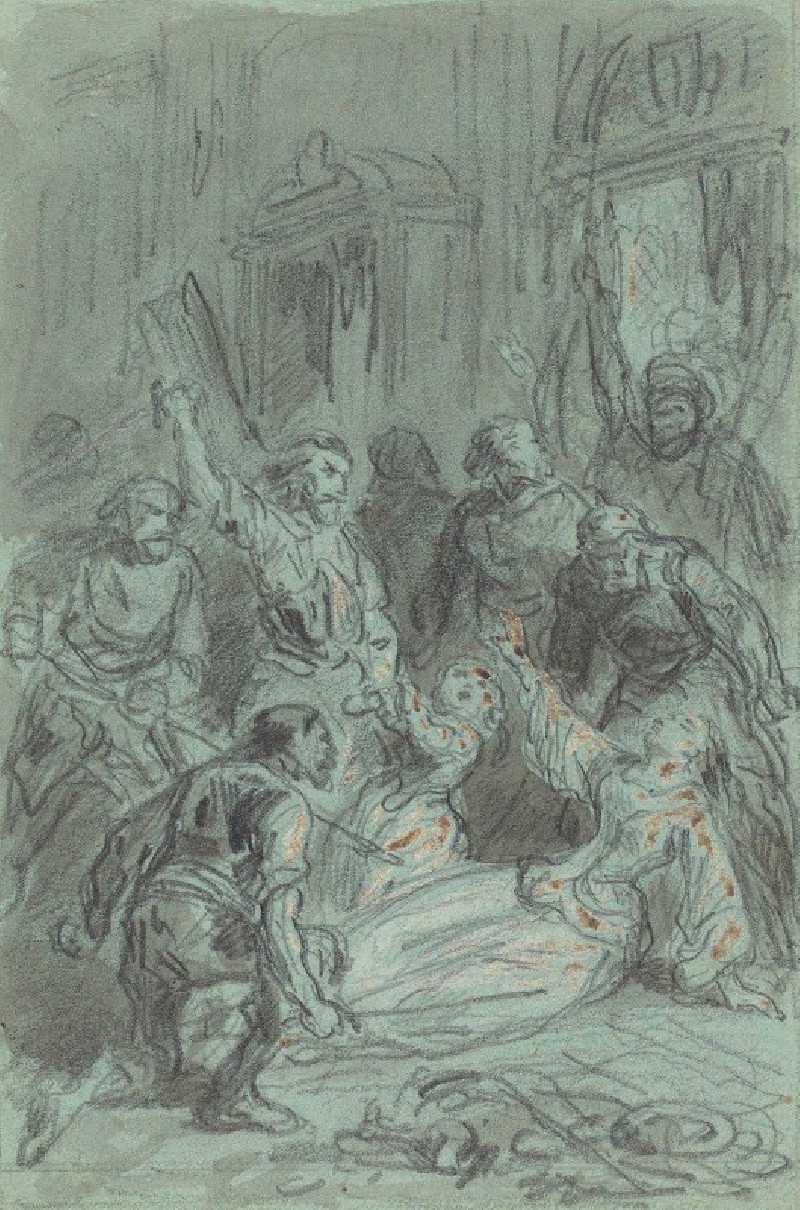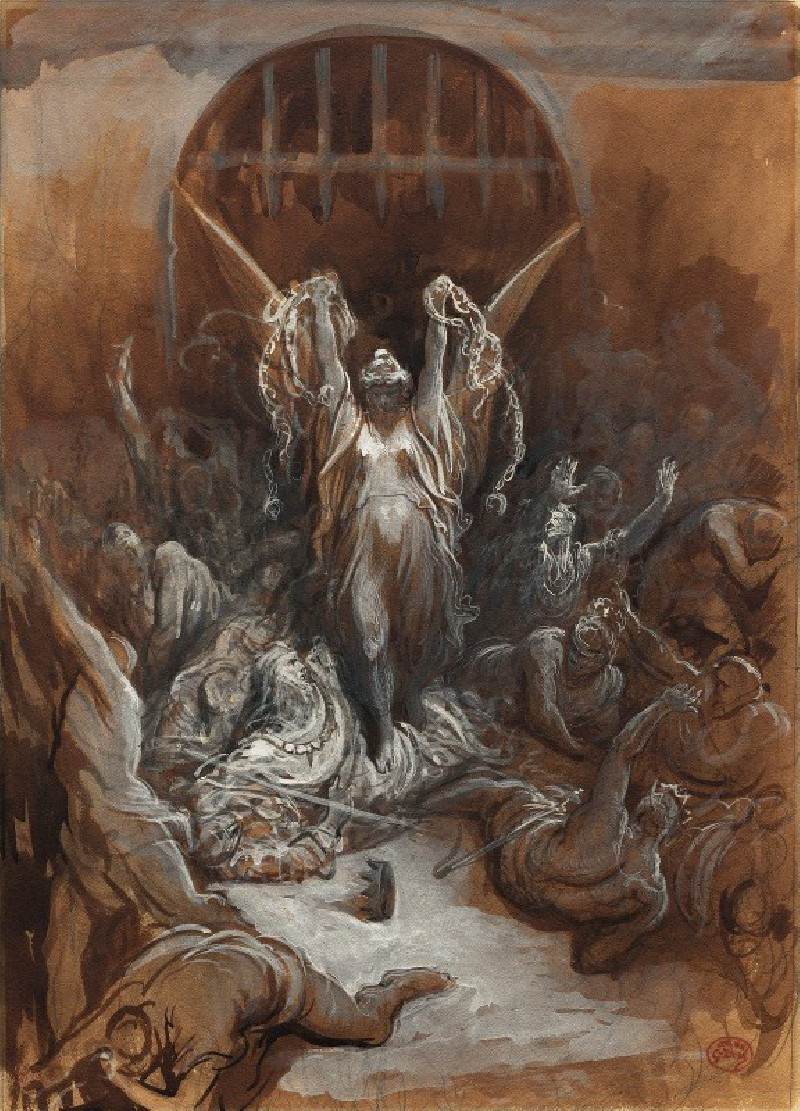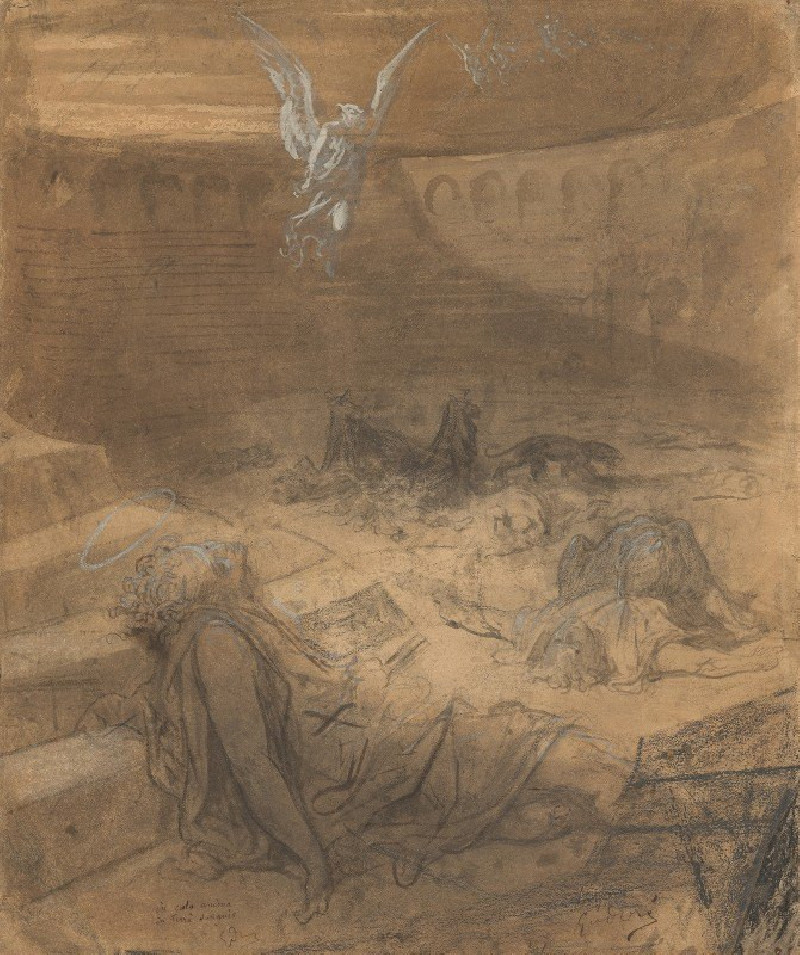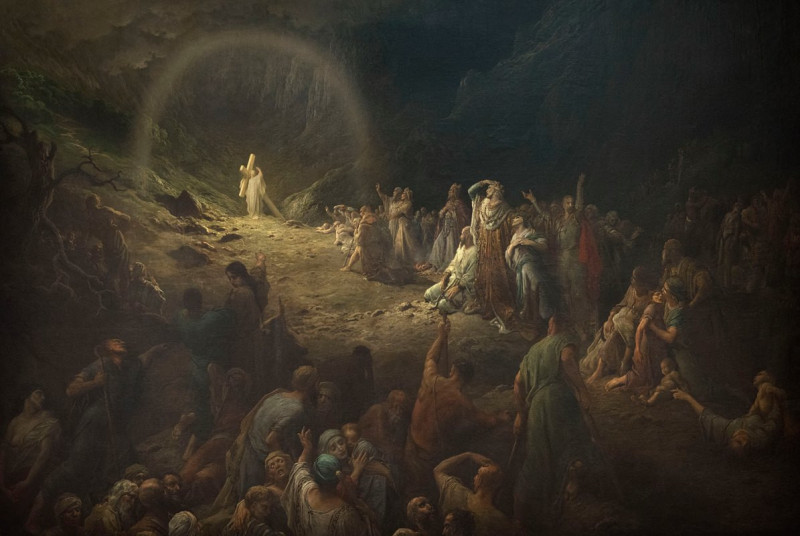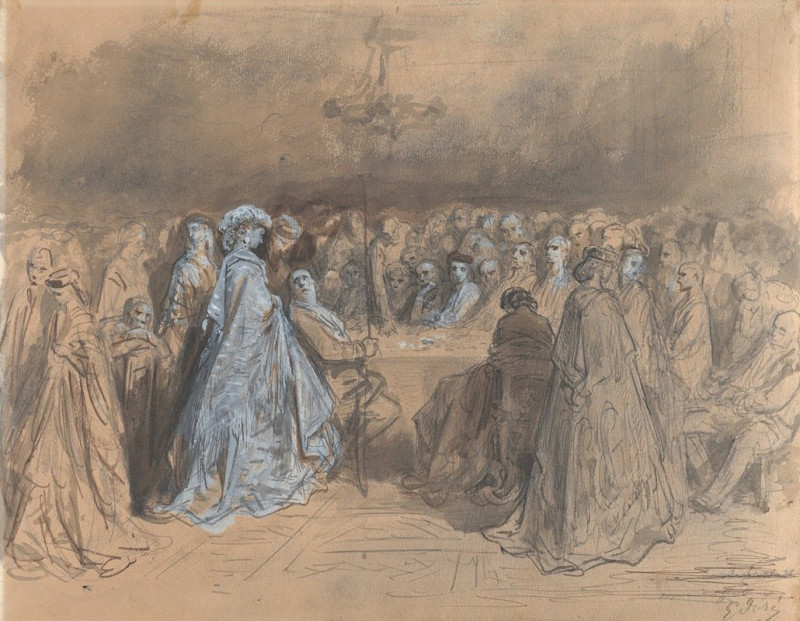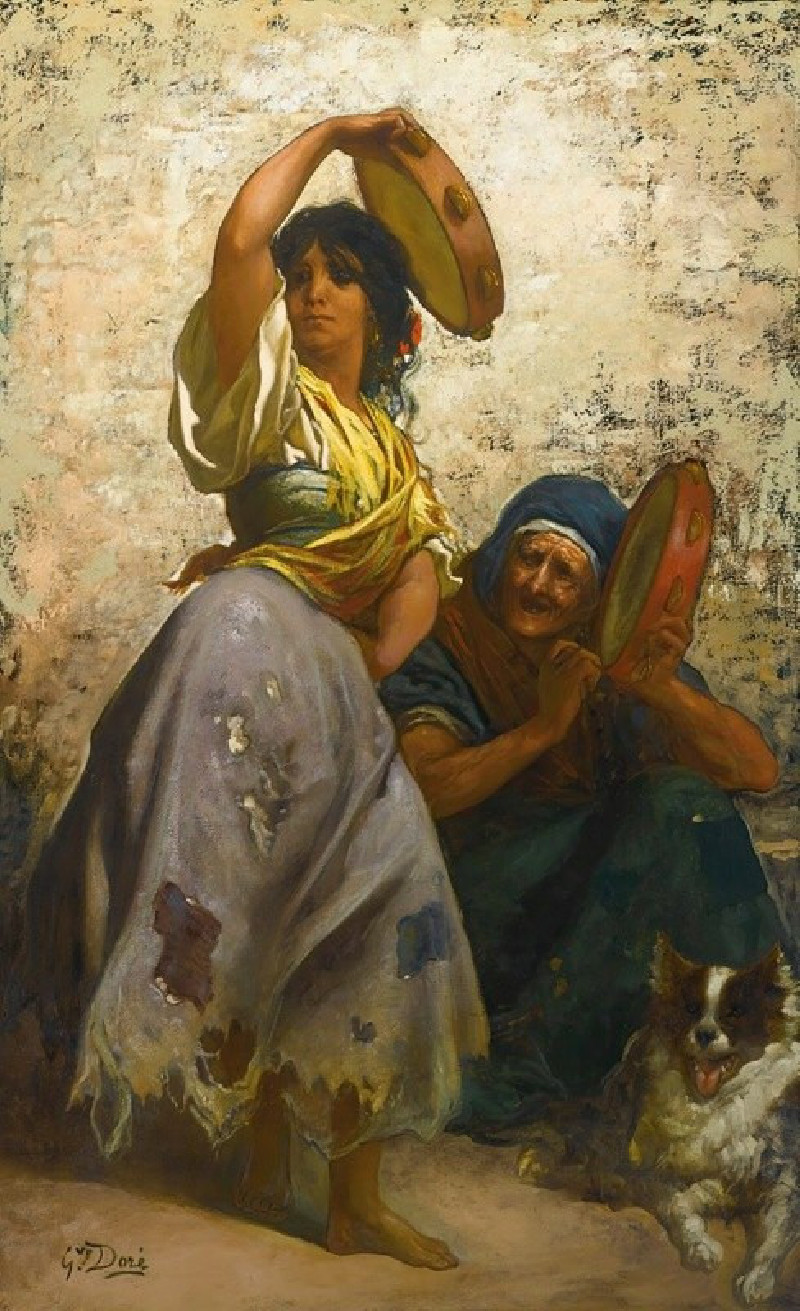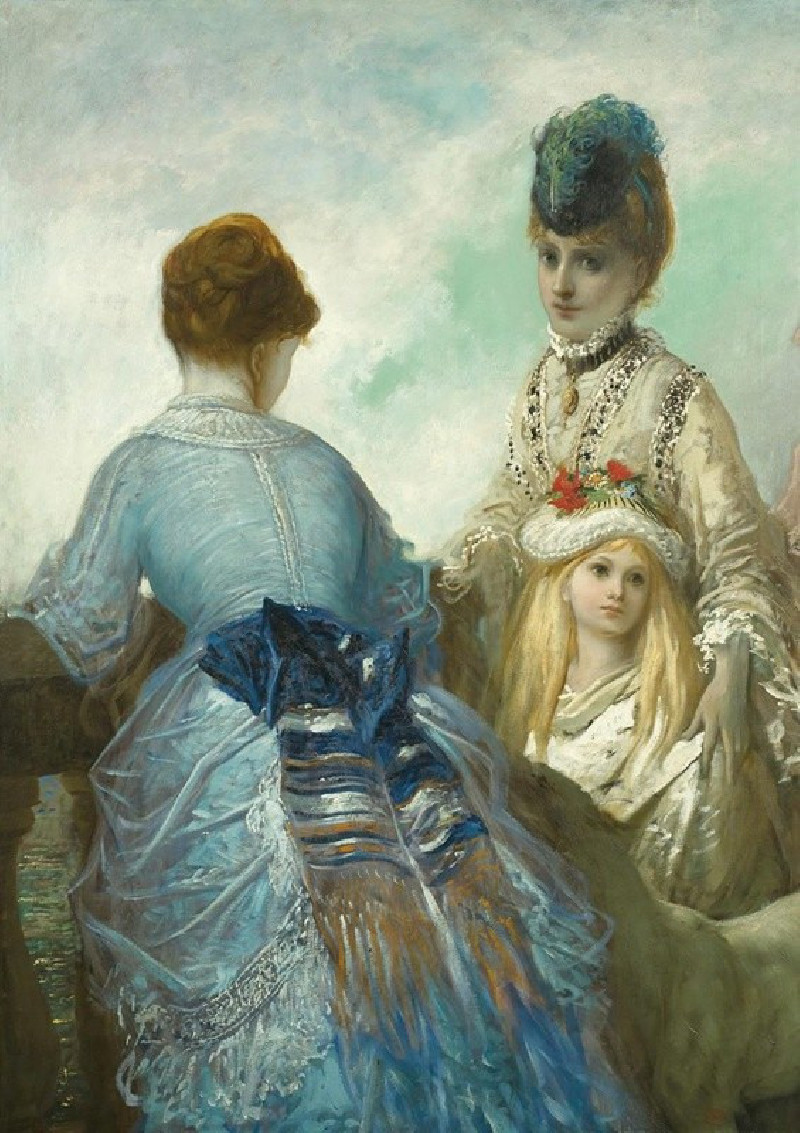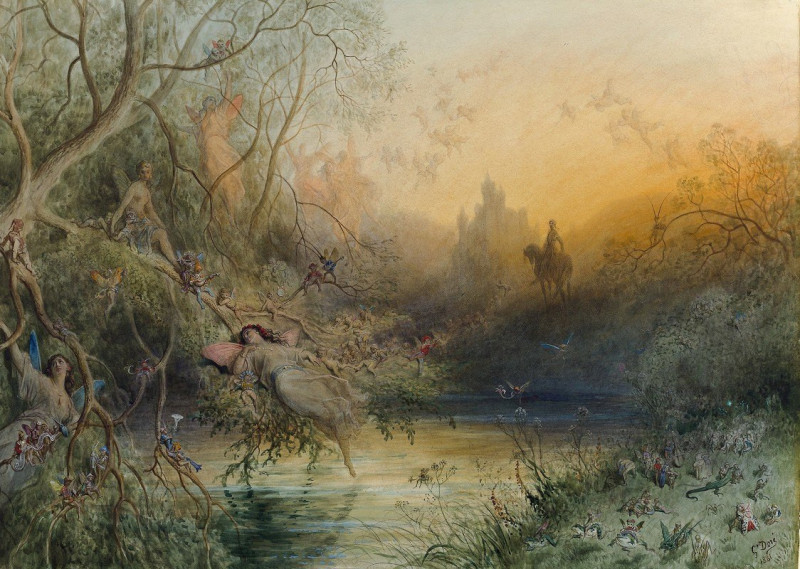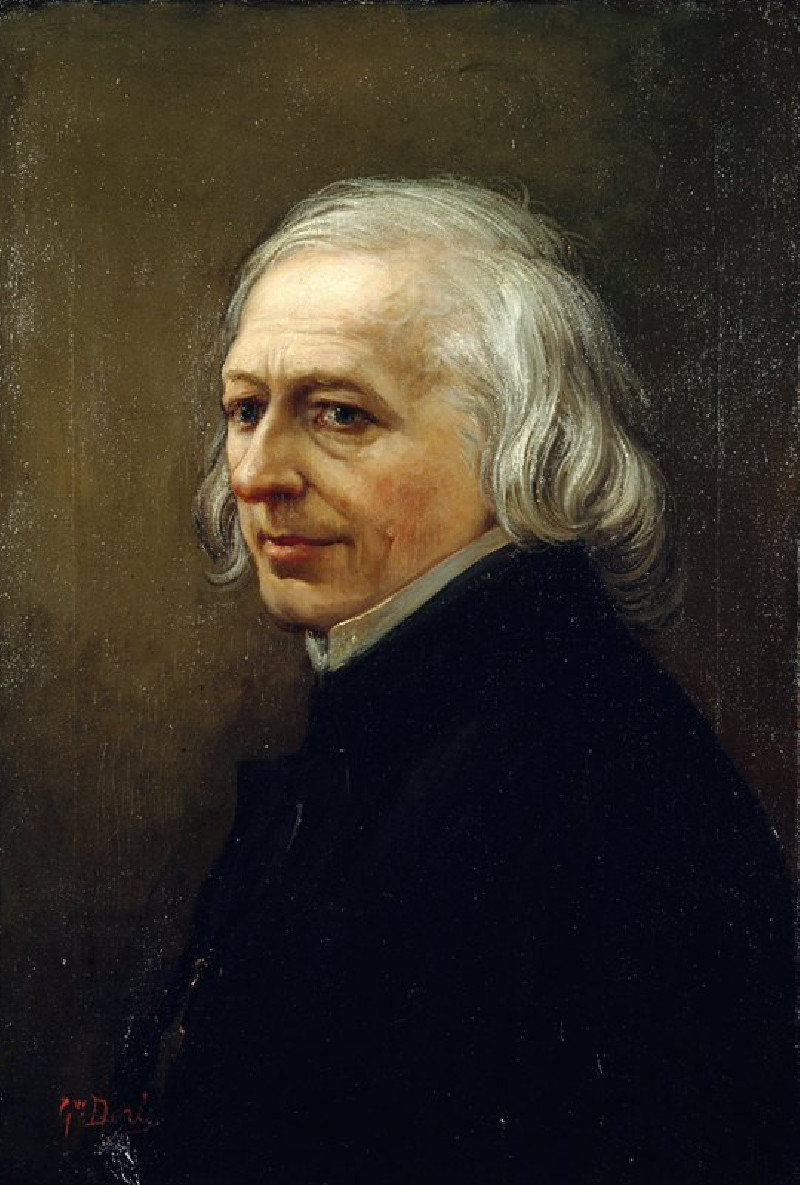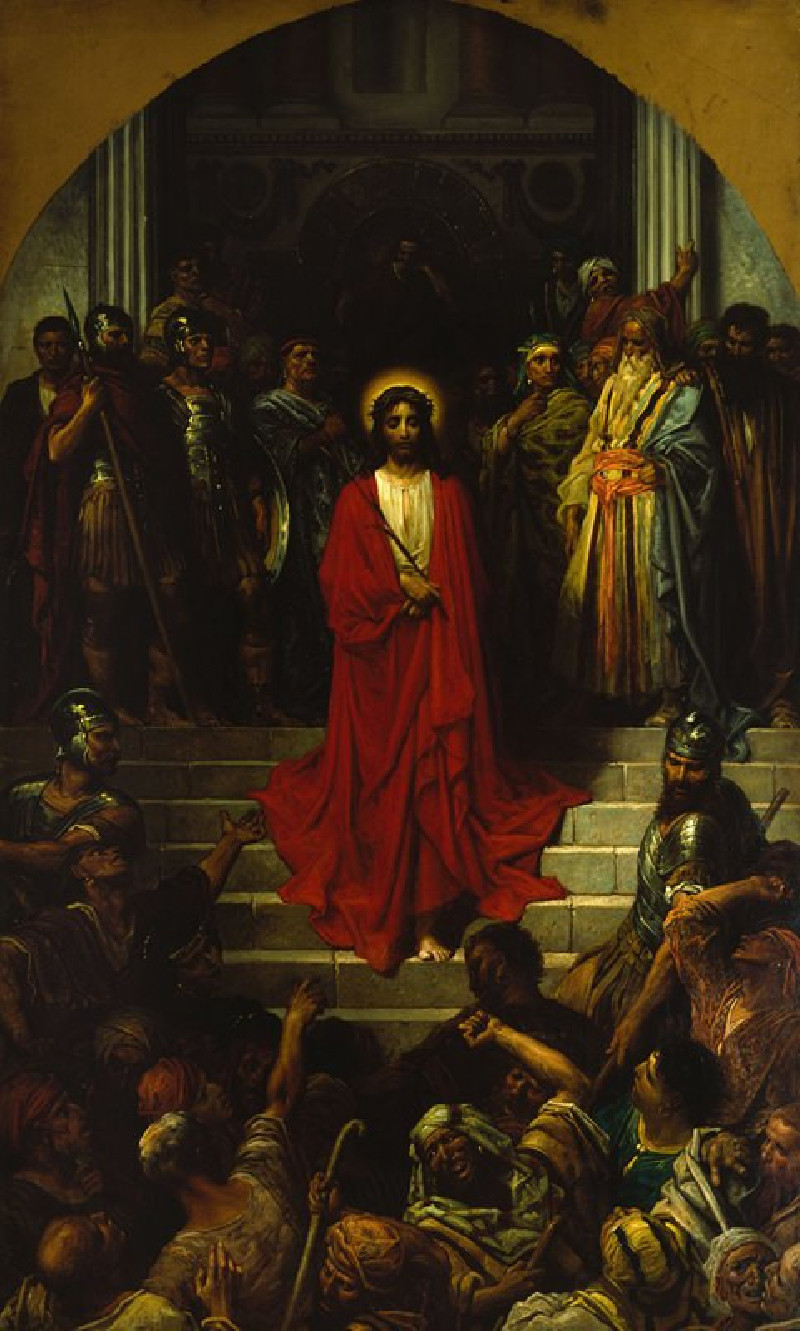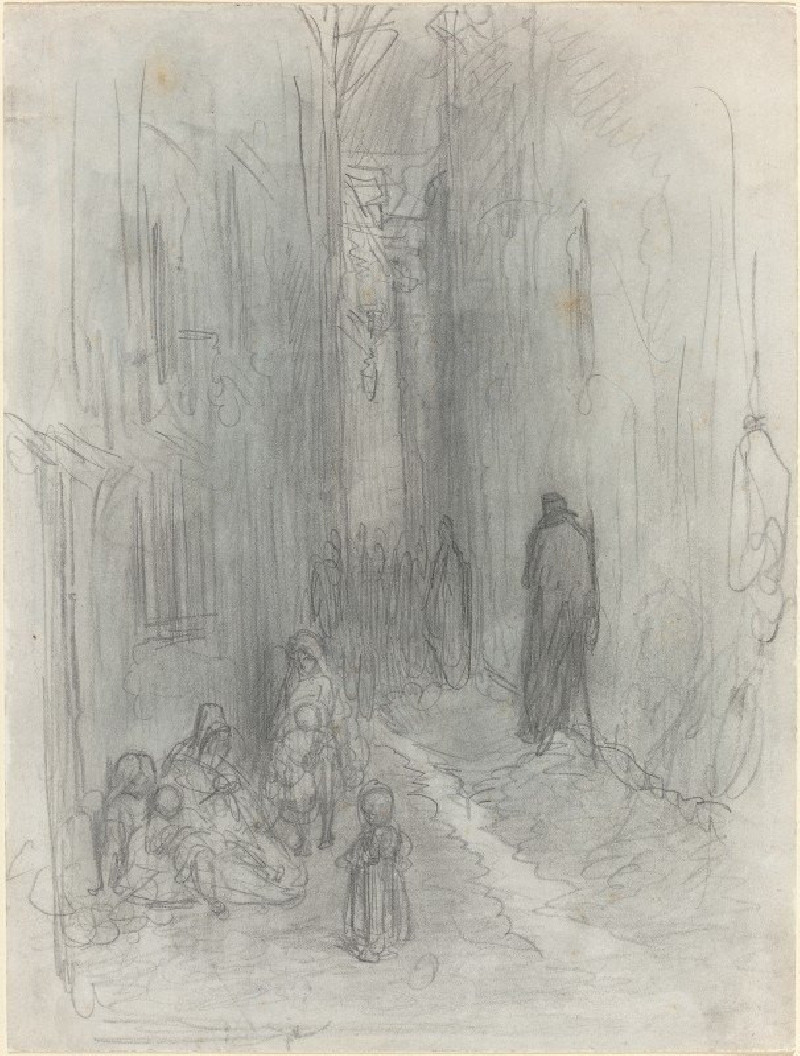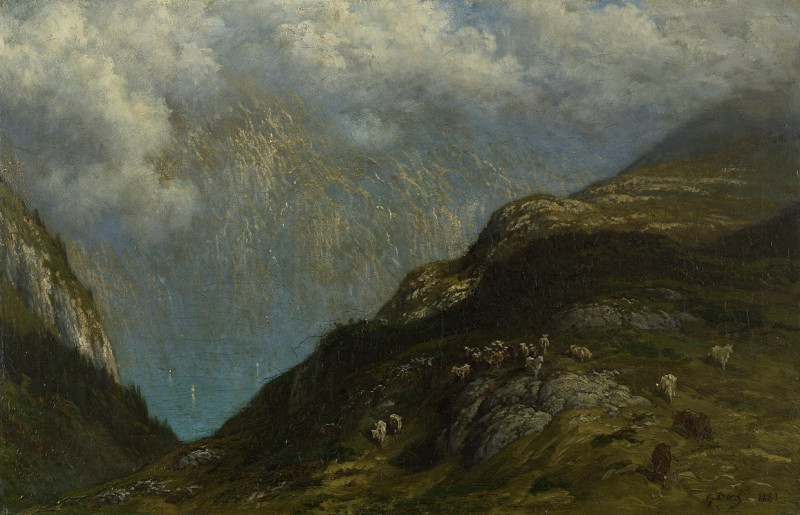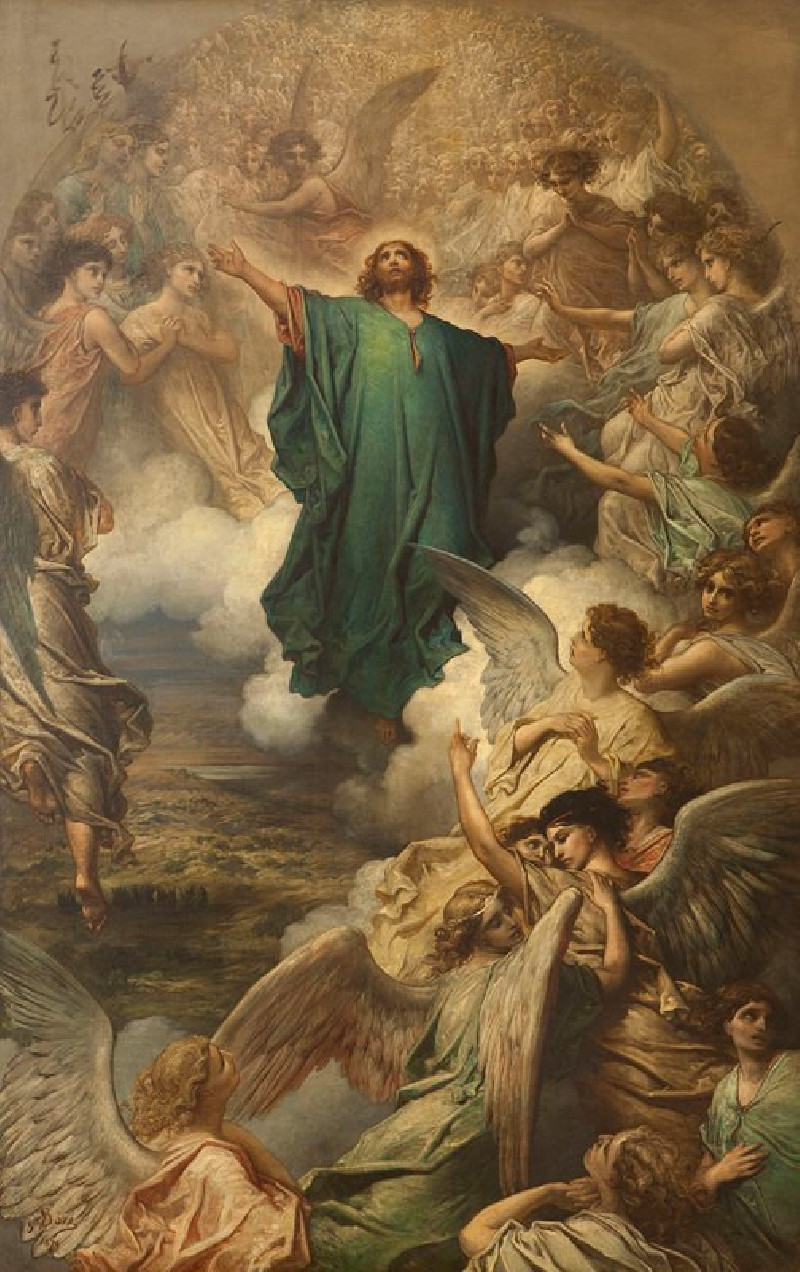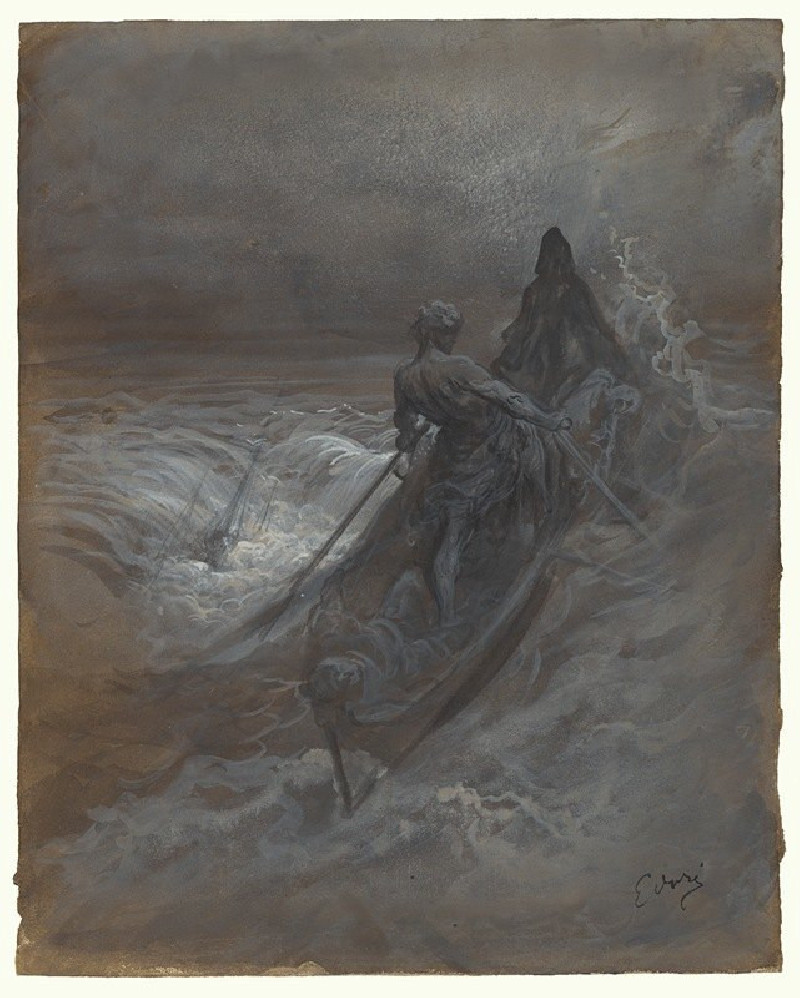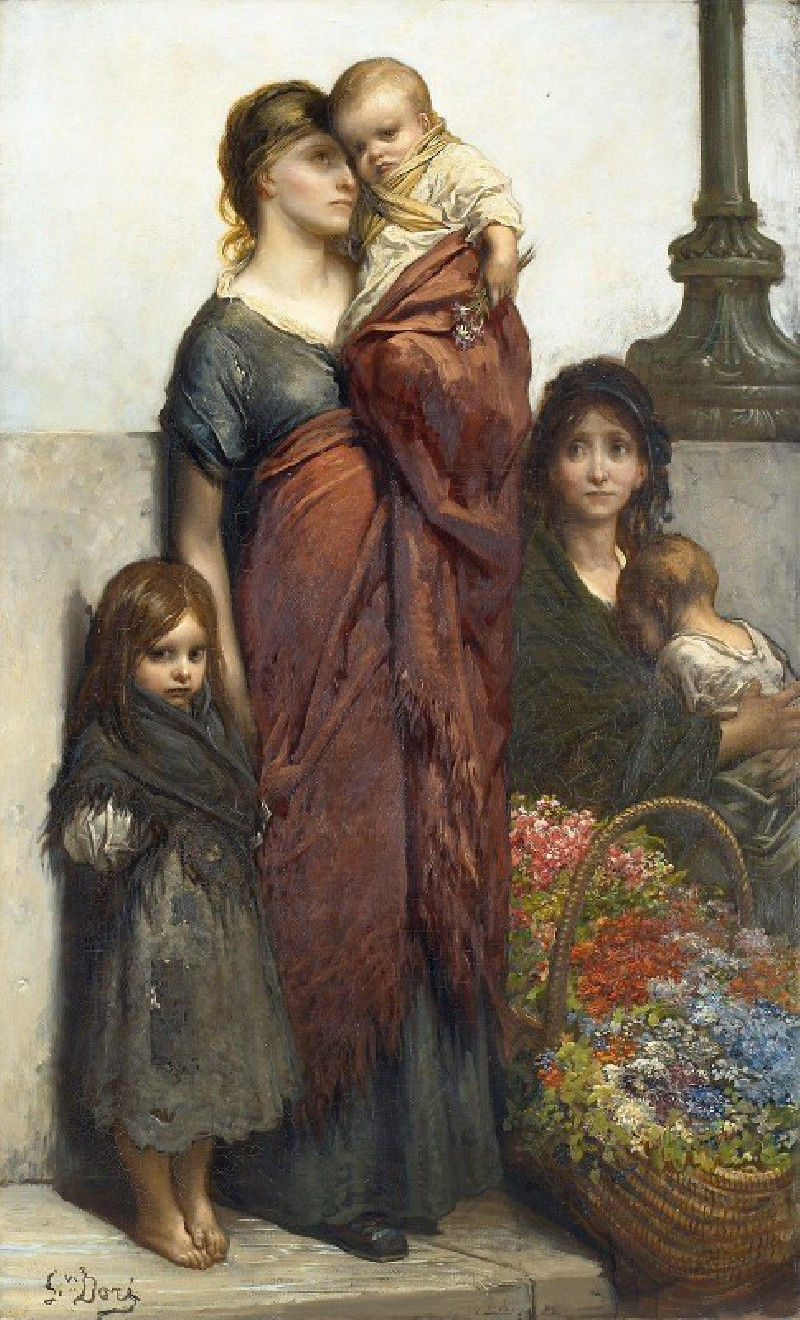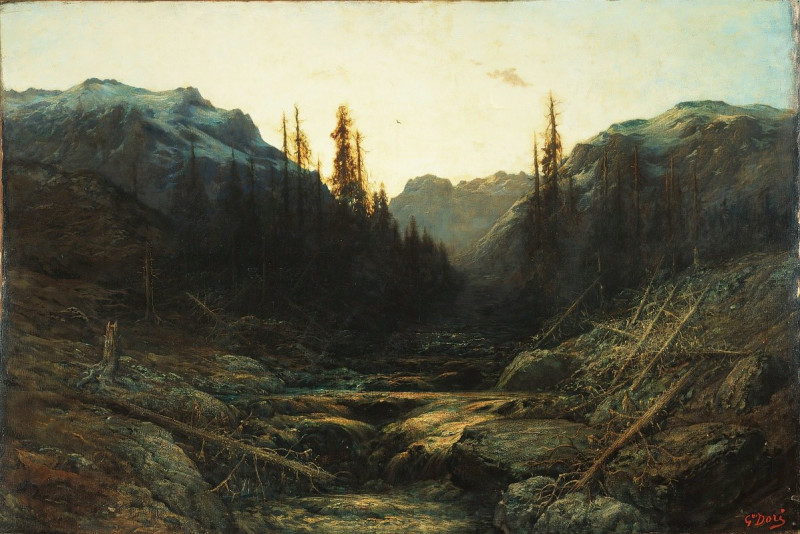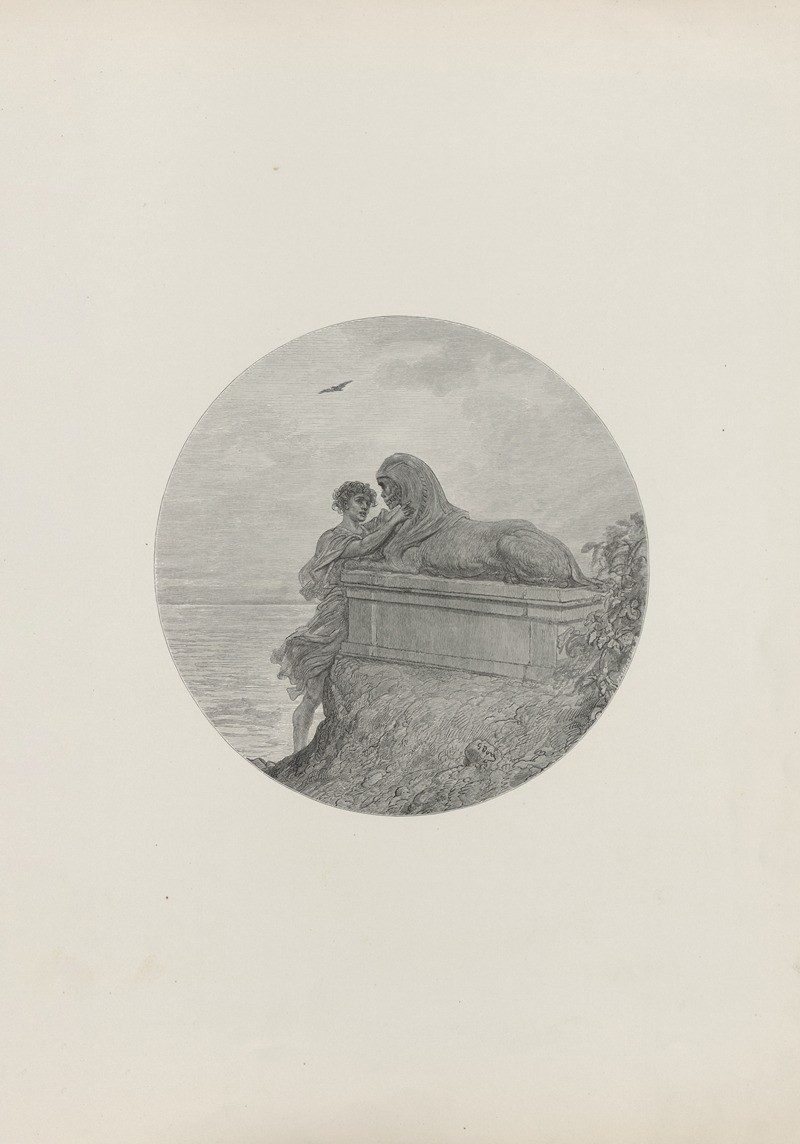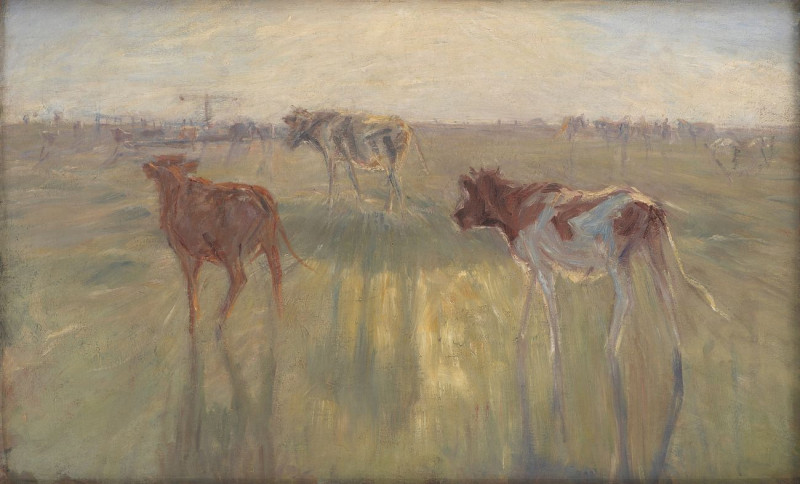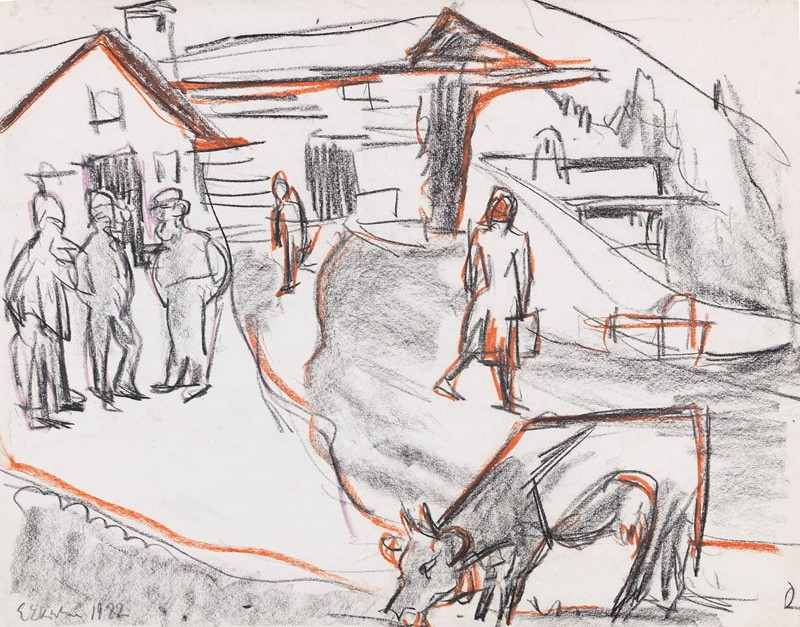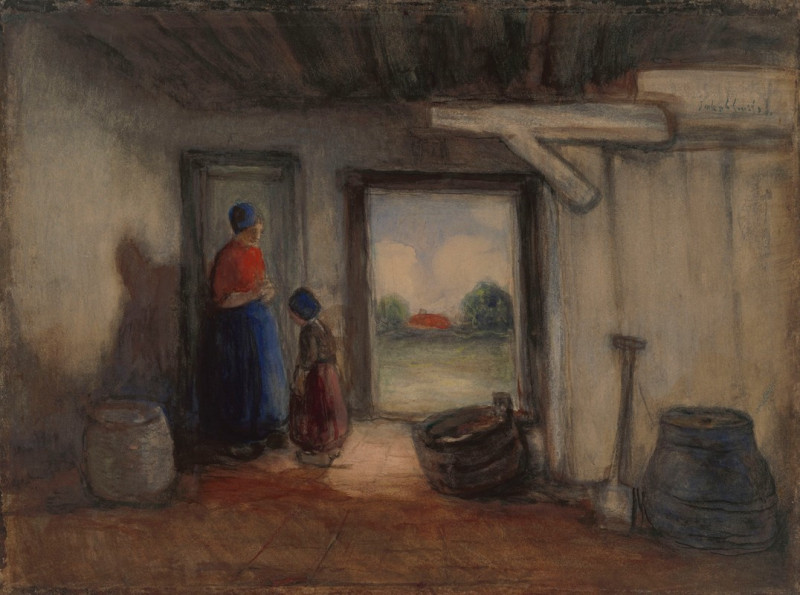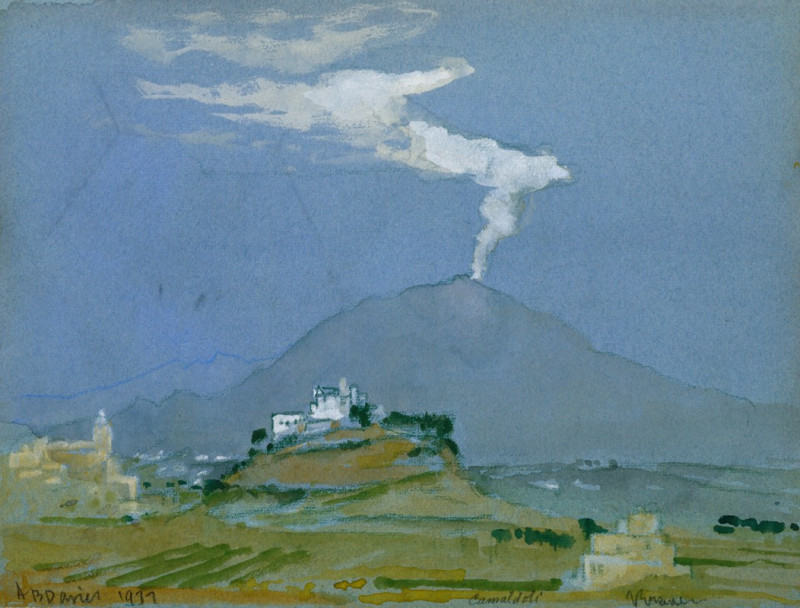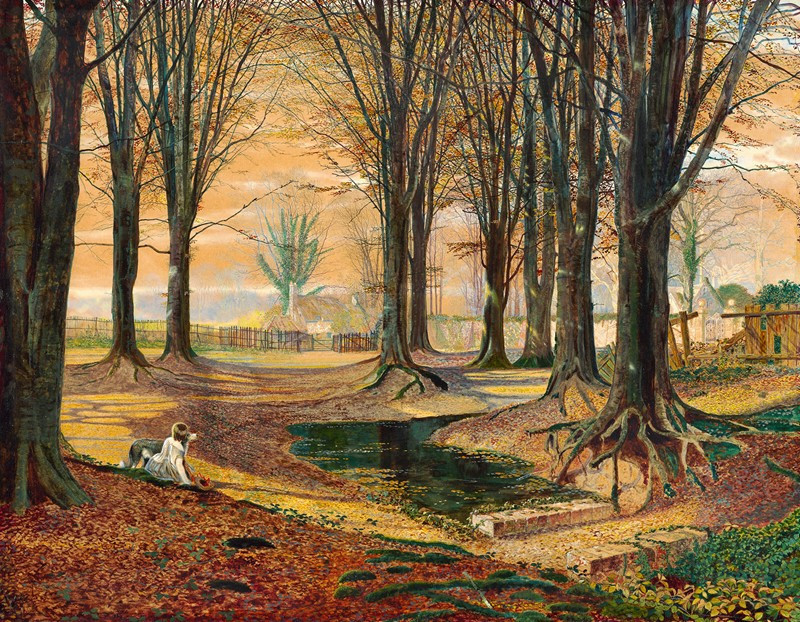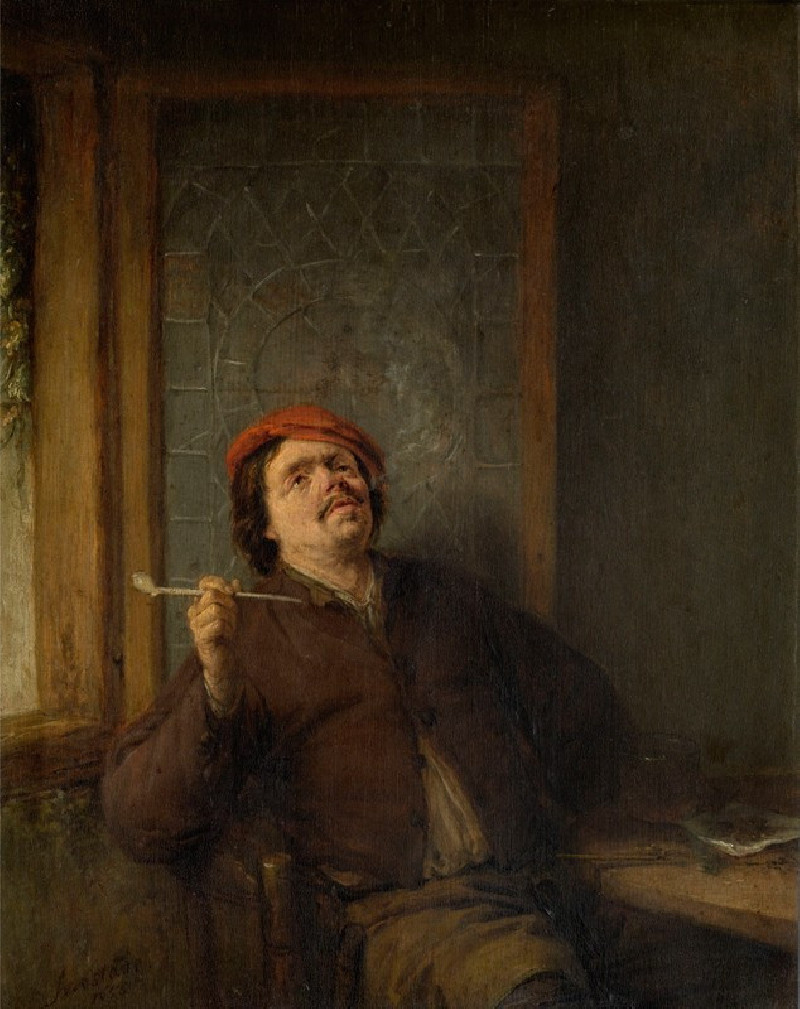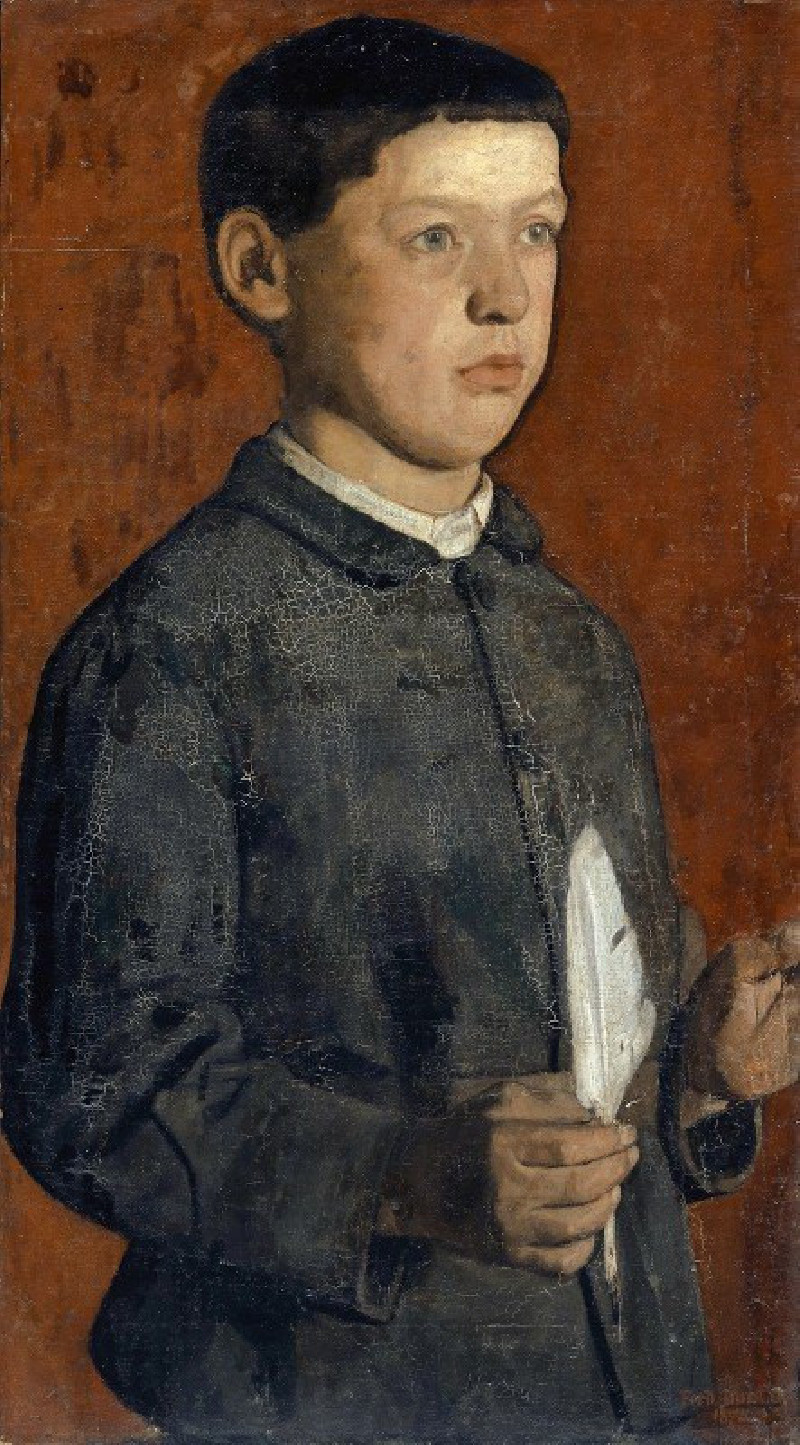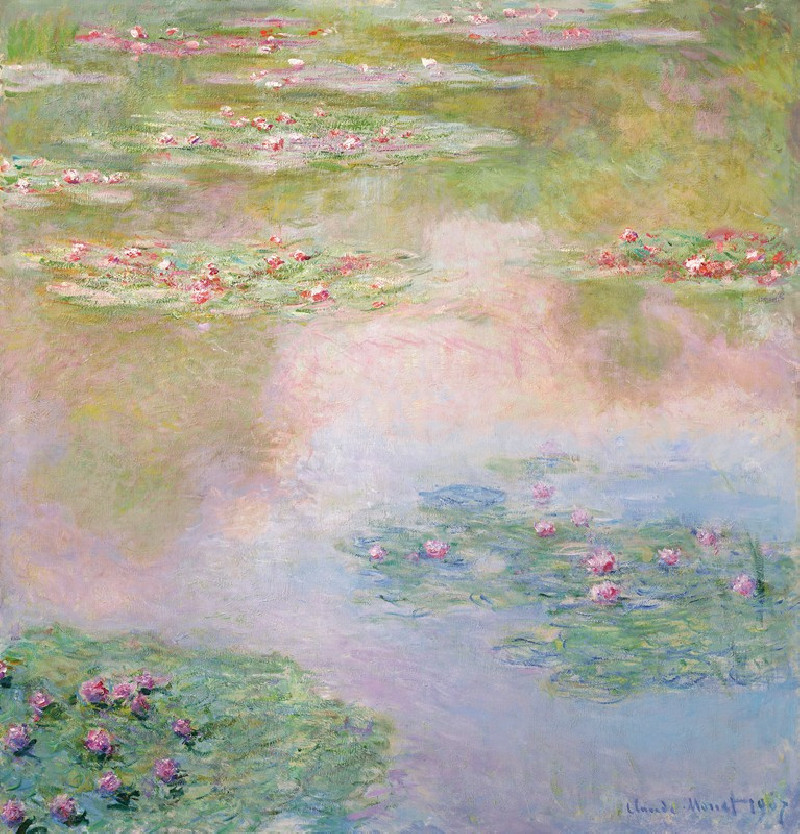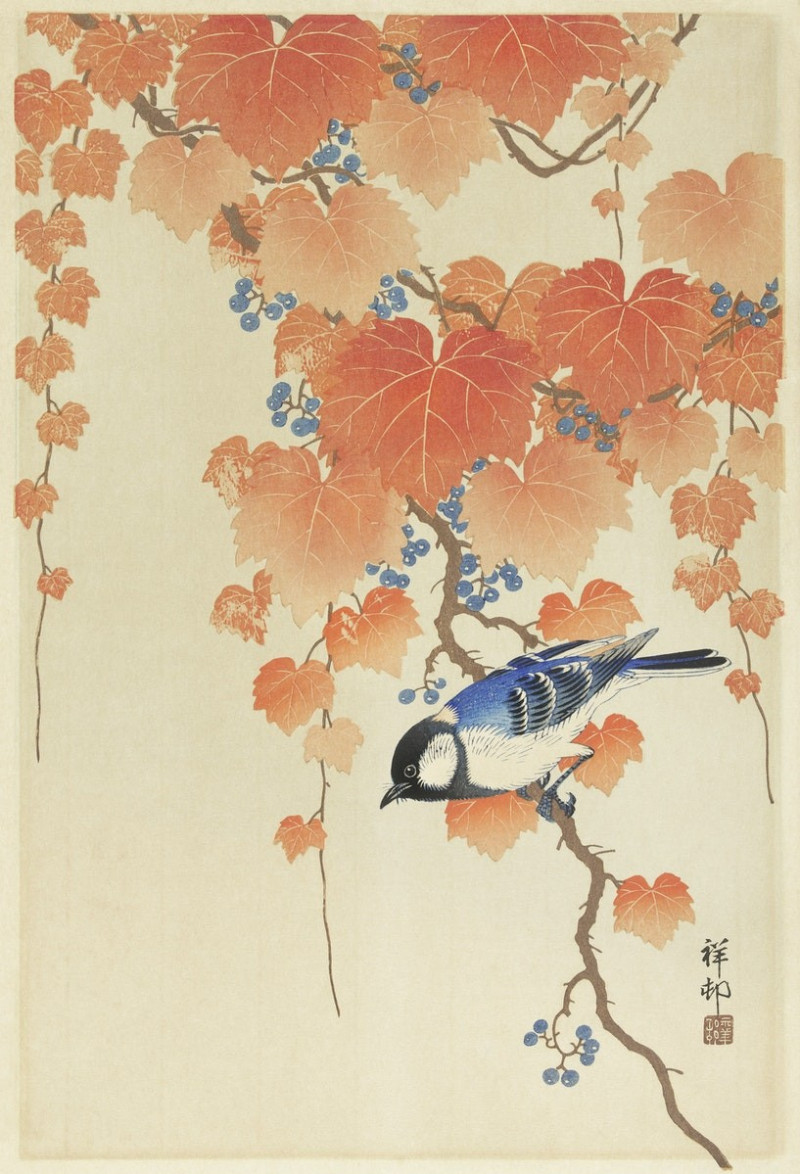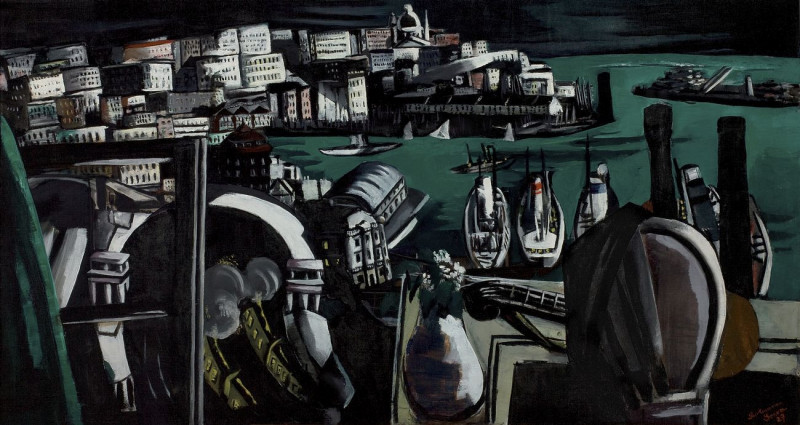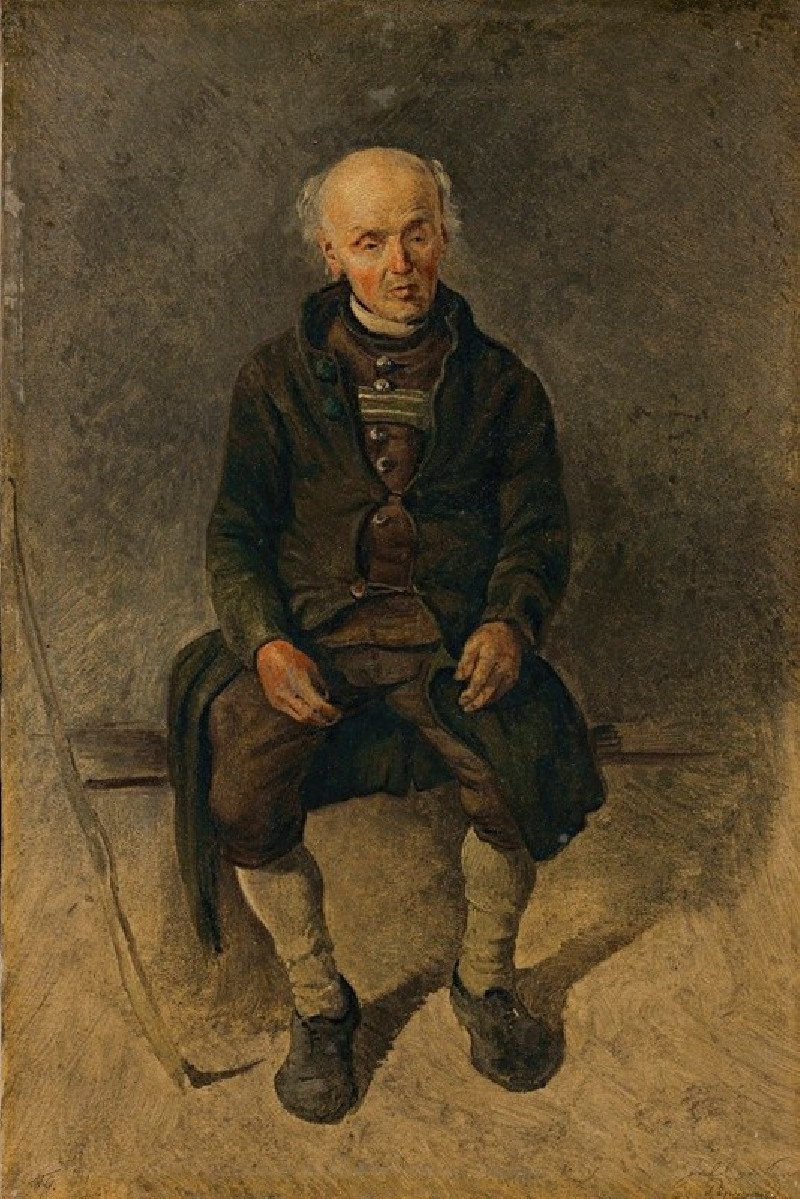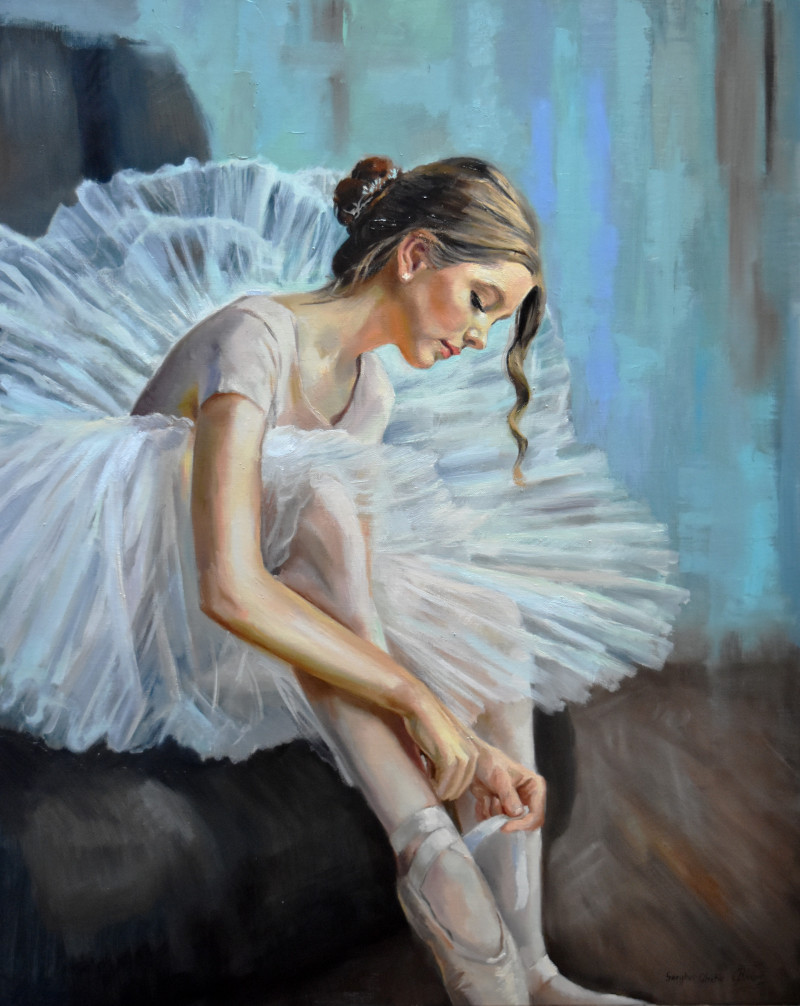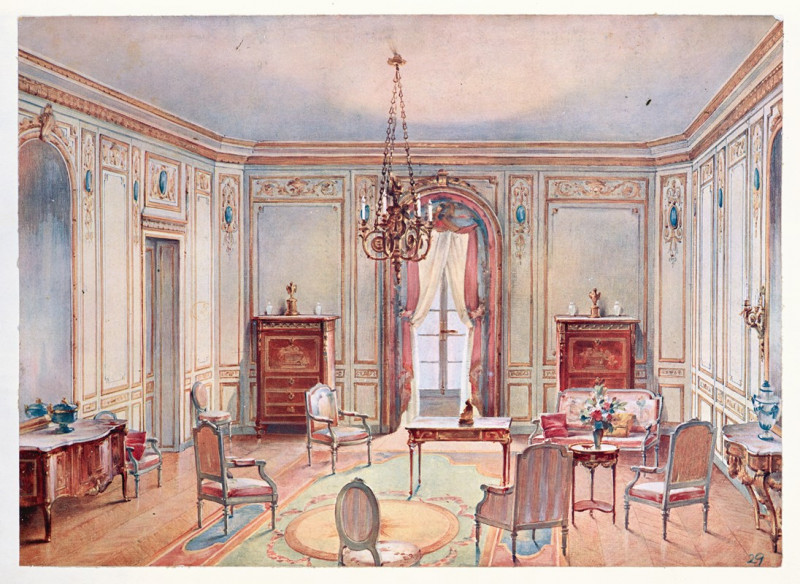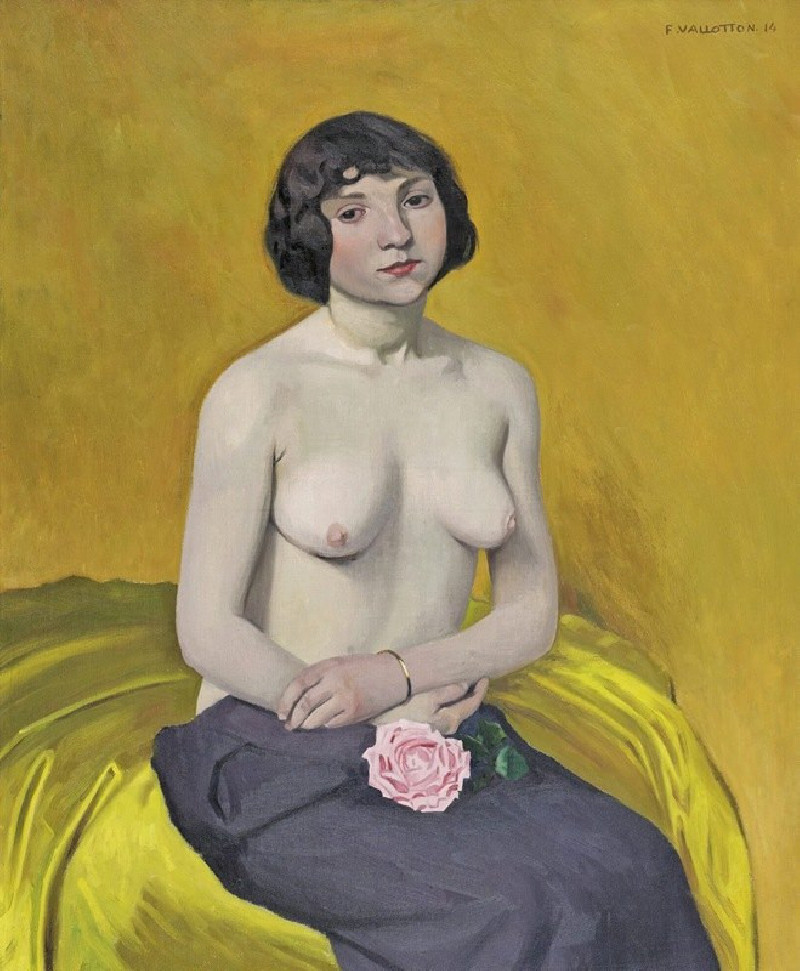The way to Jerusalem
Technique: Giclée quality print
Recommended by our customers
More about this artwork
Gustave Doré’s captivating painting "The Way to Jerusalem" brings to life a dramatic and ethereal interpretation of a spiritual journey. This magnificent artwork vividly portrays an enormous angelic figure, resplendent and radiant, descending from the heavens, leading a vast multitude of crusaders toward the holy city of Jerusalem.The angel, with grand wings unfurled and clothed in shimmering robes, holds a trumpet and a standard, symbolizing divine guidance and the call to arms. Below this celestial being, the crowd of crusaders, depicted in various shades of gray and sepia, emphasize the grim resolve and fervent spirit of those who walked the path on their sacred mission.Doré's skillful use of contrasting light captures the celestial glow of the angel against the darker, more earthly tones of the human figures. This not only highlights the divine presence but also casts an otherworldly aura over the scene, suggesting the profound spiritual significance of this historical and mythologized expedition.
Delivery
Returns
Paul Gustave Louis Christophe Doré (6 January 1832 – 23 January 1883) was a French printmaker, illustrator, painter, comics artist, caricaturist, and sculptor. He is best known for his prolific output of wood-engravings illustrating classic literature, especially those for the Vulgate Bible and Dante's Divine Comedy. These achieved great international success, and he became renowned for printmaking, although his role was normally as the designer only; at the height of his career some 40 block-cutters were employed to cut his drawings onto the wooden printing blocks, usually also signing the image.

